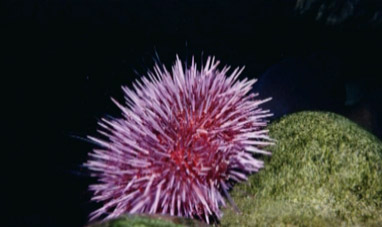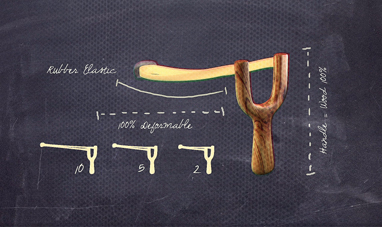Citrus plants bear fruit and belong to the Rutaceae family. They grow as bushes and shrubs, reaching up to 10 meters tall. As evergreens, their foliage does not fall off even during the cold months of the year. In the spring, citrus plants bear highly aromatic white or pink blossoms. During the harvest season, the plants yield fruit made of juicy sections with thick, rough peels.
There are many species of citrus plants. The most widespread is the orange. Oranges are spherical and roughly 10 centimeters in diameter. The fruit of the mandarin is similar to the orange, but smaller. The grapefruit is much larger and has a lighter color. Elongated, yellow fruits with a bitter taste are called lemons, while similar fruit come from the citron, albeit with a greenish color and a rougher peel.
Hybrid citrus plants also thrive. For example, the Clementine is a cross between the orange and the mandarin, and tangelos come from the union of tangerines and grapefruits. Citrus plants cannot withstand cold weather, and require a great deal of water. As a result, they grow in sub-tropical climates that have mild winters and damp summers. The plants originated in Asia, but thrive today in Brazil, California and Mediterranean countries such as Italy, Spain and Israel.
Citrus fruits have an important role in the human diet. People eat them fresh, or use them to make juices and marmalades. Citrus fruits not only have a distinct, refreshing flavor, but are also rich in Vitamin C, which strengthens the immune system and helps fight disease. As the human body does not produce Vitamin C on its own, citrus fruit constitutes a precious nutritional resource.
People do not usually eat citrus peels, but they can be used in sweets or perfumes. A particularly well-known scent comes from bergamot, which grows primarily in Italy. In Roman mythology, the gods Jove and Juno received oranges as wedding gifts. As a result, the orange blossom has come to be a symbol of matrimony.
Some citrus plants, especially the citron, can develop fruit with a jagged shape that evokes the human hand. In the East, this phenomenon is known as the Hand of Buddha.
There are many species of citrus plants. The most widespread is the orange. Oranges are spherical and roughly 10 centimeters in diameter. The fruit of the mandarin is similar to the orange, but smaller. The grapefruit is much larger and has a lighter color. Elongated, yellow fruits with a bitter taste are called lemons, while similar fruit come from the citron, albeit with a greenish color and a rougher peel.
Hybrid citrus plants also thrive. For example, the Clementine is a cross between the orange and the mandarin, and tangelos come from the union of tangerines and grapefruits. Citrus plants cannot withstand cold weather, and require a great deal of water. As a result, they grow in sub-tropical climates that have mild winters and damp summers. The plants originated in Asia, but thrive today in Brazil, California and Mediterranean countries such as Italy, Spain and Israel.
Citrus fruits have an important role in the human diet. People eat them fresh, or use them to make juices and marmalades. Citrus fruits not only have a distinct, refreshing flavor, but are also rich in Vitamin C, which strengthens the immune system and helps fight disease. As the human body does not produce Vitamin C on its own, citrus fruit constitutes a precious nutritional resource.
People do not usually eat citrus peels, but they can be used in sweets or perfumes. A particularly well-known scent comes from bergamot, which grows primarily in Italy. In Roman mythology, the gods Jove and Juno received oranges as wedding gifts. As a result, the orange blossom has come to be a symbol of matrimony.
Some citrus plants, especially the citron, can develop fruit with a jagged shape that evokes the human hand. In the East, this phenomenon is known as the Hand of Buddha.
RELATED


GULL


CROCODILE


FORCE, EQUILIBRIUM AND LEVERAGE


FLEA


DOLPHIN


THE SKELETON


PENGUIN


H2O


SEAL


PARROTT


CENTRIFUGAL FORCE


OSTRICH


STARS


SEA URCHIN


HYDROPOWER


TARANTULA


ELECTRIC CAR


METEORS


NATURAL RUBBERS


IGUANA


AMAZON


THE OCTOPUS


THE BRAIN


EAGLE


BIG DATA


AXOLOTL


ANACONDA


SUPERNOVAS


PULSARS


COMETS


QUASARS


DEER


BEE


EBAY


PIG


STORK
